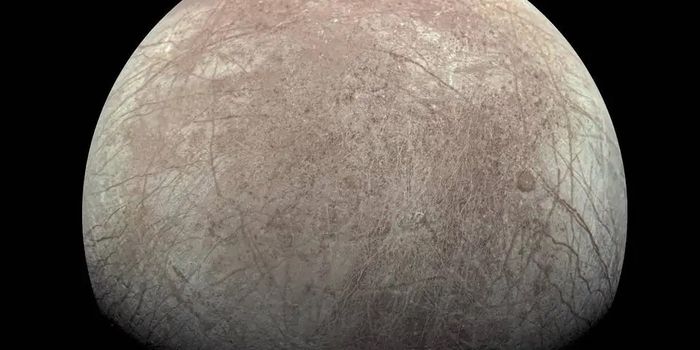Solar Radio Signals Improve Monitoring of Melting Ice Sheets
Solar radio signals from the sun could provide a cheaper and low-power way of monitoring vast expanses of ice sheets, and how their changes may influence sea-level rise. The study was published in Geophysical Research Letters by researchers from Stanford University, the University of Cambridge, and the NASA Jet Propulsion Laboratory in Pasadena, California.
Currently, researchers rely on airborne ice-penetrating radars to collect information about the polar subsurface. This often involves flying planes over ice sheets that transmit active radar signals to the ice below. While effective, the method is resource-intensive and only captures information relevant to the time of the flight.
The new method for studying ice sheets involves a battery-powered receiver with an antenna placed on the targeted ice sheet. This antenna detects the sun's radio waves as they travel towards Earth and how they travel beneath the surface of the ice. Extensive deployment of this method could give researchers access to the Earth's polar subsurface like never before, say the scientists.
"Our goal is to chart a course for the development of low-resource sensor networks that can monitor subsurface conditions on a really wide scale," said lead author of the study, Sean Peters. "That could be challenging with active sensors, but this passive technique gives us the opportunity to really take advantage of low-resource implementations."
To learn about ice sheets from interpreting the sun's radio waves, the researchers take snippets of the sun's radioactivity and listen for unique echos that indicate when solar radio waves bounce off the bottom of an ice sheet. Examining the delay between the original recording and any echos allows the researchers to calculate the thickness of different ice sheets.
So far, they have tested their new method on Store Glacier in West Greenland. The echo delay time there was around 11 microseconds, translating into an ice thickness of around 3,000 feet. These measurements match those from the same site by both ground-based and airborne radars.
The idea to use passive radio waves to assess ice sheets was inspired by study co-author Andrew Romero-Wolf, a researcher with NASA's Jet Propulsion Laboratory, who thought similar methods could be used to investigate Jupiter's icy moons. In discussing it with colleagues, he realized the methods could also be used to observe Earth's ice sheets.
"Pushing the frontiers of sensing technology for planetary research has enabled us to push the frontiers of sensing technology for climate change," said Dustin Schroeder, senior author of the study. "Monitoring ice sheets under climate change and exploring icy moons at the outer planets are both extremely low-resource environments where you really need to design elegant sensors that don't require a lot of power."
Sources: Geophysical Research Letters, EurekAlert
-
MAY 07, 2024Is It Anti-RNP or Anti-Sm/RNP?
- See More
-
APR 30, 2024Immuno-Oncology Virtual Event Series 2024
-
MAY 07, 20243rd International Biosecurity Virtual Symposium
-
JUN 06, 2024The Future of Scientific Conferencing
- See More


















































